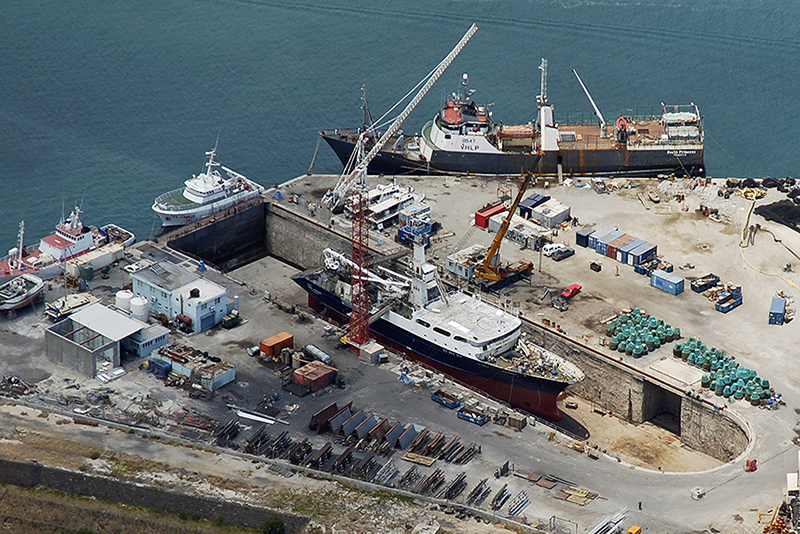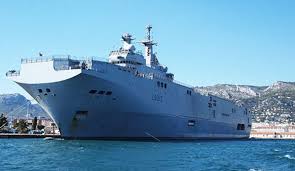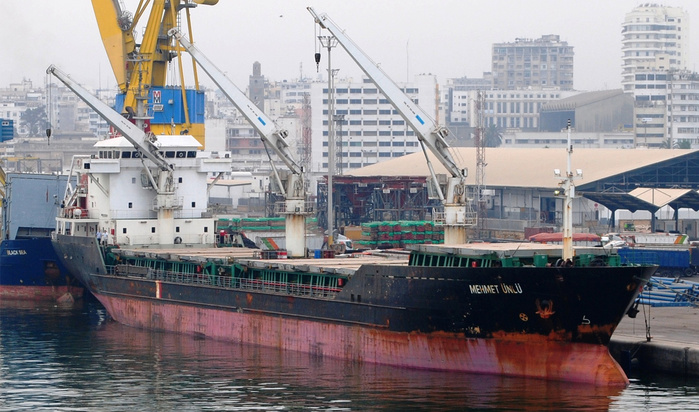
Моделювання сучасних рефрижераторних суден
In the maritime industry, Моделювання сучасних рефрижераторних суден reefer ship play an essential role, particularly in the transportation of perishable goods. The advancement of reefer ship modeling has become a significant area of interest for maritime engineers and hobbyists alike. This article delves into the various aspects of modern reefer ships, including their design, technological innovations, and the methodologies used in their modeling.
The Importance of Reefer Ships
Reefer ships, or refrigerated ships, are specifically designed to transport refrigerated cargo. The importance of these vessels stems from their ability to maintain the quality and safety of perishable goods during transit. The global trade in perishable products, such as fruits, vegetables, fish, and meat, has increased exponentially, leading to the need for sophisticated and efficient transportation methods.
Design Fundamentals of Modern Reefer Ships
The design of modern reefer ships maximizes cargo capacity while ensuring optimal conditions for the refrigerated goods they carry. State-of-the-art insulation materials are employed, along with advanced refrigeration systems that offer precise temperature control. The hull design of these vessels is also crucial; it must resist corrosion and improve fuel efficiency. The integration of innovative technologies, such as real-time monitoring systems and automated refrigeration units, makes modern reefers highly efficient.
Technological Innovations in Reefer Ships

Recent technological advancements in the maritime industry have significantly influenced the design and functionality of reefer ships. The use of automated control systems, for instance, allows for remote monitoring of temperatures and humidity levels within the cargo hold. Additionally, many modern reefer ships now incorporate GPS tracking and IoT (Internet of Things) technologies, enabling better logistics management and reduced operational costs.
Energy Efficiency and Sustainability
Sustainability is a growing concern in all industries, including maritime transport. Modern reefer ships are designed with energy efficiency in mind. New propulsion systems, such as hybrid engines and alternative fuels, are being adopted to reduce emissions. Furthermore, the implementation of energy-efficient refrigeration systems helps lower the overall carbon footprint of these vessels.
Modeling Modern Reefer Ships
Modeling contemporary reefer ships requires a multifaceted approach, combining knowledge from naval architecture, marine engineering, and computer-aided design (CAD). The modeling process typically involves several key steps:
- Conceptual Design: Initial sketches and designs are developed based on the intended purpose of the ship and the specific needs of the cargo.
- Hydrodynamic Analysis: To ensure optimal performance, computer simulations are utilized to understand how the vessel interacts with water. This includes evaluating resistance, stability, and maneuverability.
- Structural Analysis: Engineers use advanced software tools to analyze the structural integrity of the ship and ensure it can withstand the stresses of the sea.
- Refrigeration Systems Design: Special attention is paid to the refrigeration systems, which must be efficient and reliable. This involves modeling the thermal performance and energy consumption of the systems.
3D Modeling and Simulation Tools

With the advent of sophisticated modeling software, the process of designing modern reefer ships has become more efficient. Tools such as SolidWorks, AutoCAD, and ANSYS are widely used in the engineering community to create detailed 3D models and conduct simulations. These simulations allow engineers to visualize the ship’s performance under various conditions, helping to identify potential issues before construction begins.
Challenges in Modeling Reefer Ships
Despite advancements in technology, modeling reefer ships presents various challenges. The complexity of integrating refrigeration technology with the ship’s overall design can lead to conflicts between cargo capacity and cooling efficiency. Additionally, ensuring that the model adheres to safety regulations and international maritime standards is critical.
Future Trends in Reefer Ship Design
The future of reefer ship design is likely to be shaped by a combination of sustainable practices and technological innovation. As global trade continues to expand, the demand for efficient and reliable refrigerated transport will grow. Innovations in materials science, autonomous shipping technologies, and advanced data analytics will influence the development of the next generation of reefer ships.
Conclusion
Modeling modern reefer ships is an intricate process that incorporates various engineering principles and technological advancements. As the demand for refrigerated transport continues to rise, the importance of innovative design and effective modeling will only grow. By understanding and improving the methodologies behind reefer ship design, engineers can contribute to a more efficient and sustainable future in maritime transportation.
